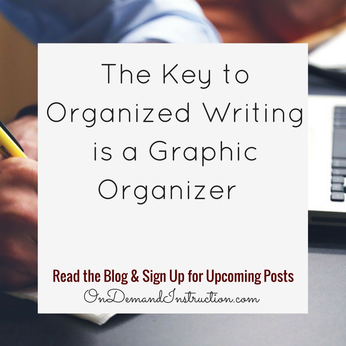
One of the greatest challenges for writers is establishing an organizational plan for their writing. Writers of all genres and styles—fiction, poetry, essay, blog, nonfiction—tend to struggle with finding and implementing a process that will help them get their ideas on the page. Most writers have an easy time generating ideas of what to write about. The challenge comes in organizing those ideas so that they make sense to readers.
What is so important about organizing your writing?
Organized writing is logical, it makes sense, and it is easy to read and understand. Writers pen their ideas for an audience with the purpose of enlightening, persuading, or entertaining. No writer intends to confuse or dissuade their readers, but that is what can happen when the writing is disorganized.
It is important to organize your writing, no matter what you are writing, because organized, logical, clear writing makes sense to the reader. When writing is disorganized, nonsensical, and confusing, then it can irritate, confuse, and even anger readers. No writer wants to turn off a reader with bad form. What is the writing process?
The writing process is a series of steps that writers take to complete a piece of writing. It can be used for any style or genre of writing—from poetry to research projects—the writing process is a writer’s best guarantee that a finished piece of writing will be well-received by readers. All writers seek to communicate with an audience and using the writing process can improve reader’s response.
The writing process can be interpreted to use three to seven steps, but the traditional writing process contains five steps: brainstorming, organizing, drafting, editing and revising, and presenting. Once writers have a brainstorm of content for a piece, organize that information into a graphic organizer to ensure that the ideas are logically presented. What is a graphic organizer?
A graphic organizer is a visual tool that writers use when planning a piece of writing. There are many styles of graphic organizers such as: outline, 5Ws, Venn diagram, 3 column notes, visual cluster, inverted triangle, KWL (know, want to know, learn), and plot diagram. Different graphic organizers tend to appeal to different writers. For example, some writers use only the traditional outline for all of their planning needs, while others will switch between organizers depending on the writing style.
How can writers use graphic organizers?
Writers use graphic organizers in the planning stage of the writing process, which is just after the brainstorming stage. Take the valuable information from the brainstorming and add it to the graphic organizer. This process allows writers to keep their important information which can be used in composing the first draft.
What are the best graphic organizers to use?
Honestly, different styles of graphic organizers appeal to different people. Some writers are dead set on the traditional outline and never use anything else. Others consider themselves to be visual thinkers and prefer the visual cluster because they can see their ideas spread out on the page. And some writers apply their note taking skills to the writing process by using a 3-column notes organizer.
In the end, it does not matter which graphic organizer that writers use. What is important is that writers are using some form of organizer to keep themselves on track and to keep their writing structured. Otherwise, writing ends up being a messy disaster of confused information that readers do not want. Find the graphic organizer that works for you and use it. It can speed up your writing process, it can clarify your writing, and it can ease your writing workload. Do you need a downloadable graphic organizer? Try one of these. |
About the SiteWelcome, Writers! Archives
September 2023
|
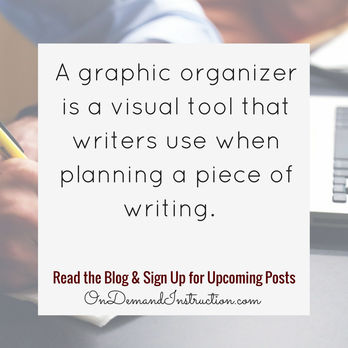
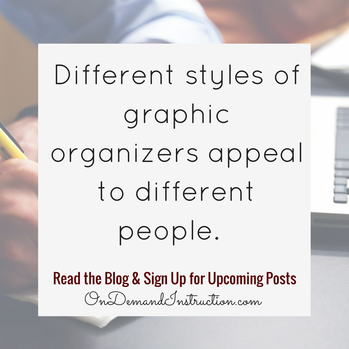

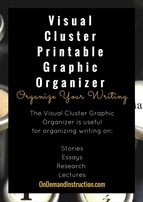
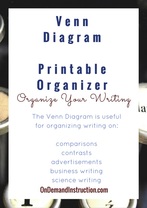
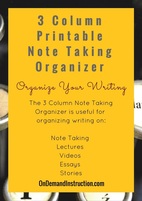
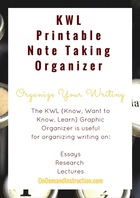


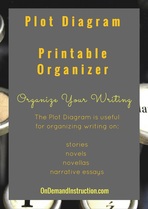
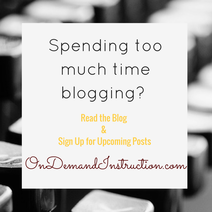

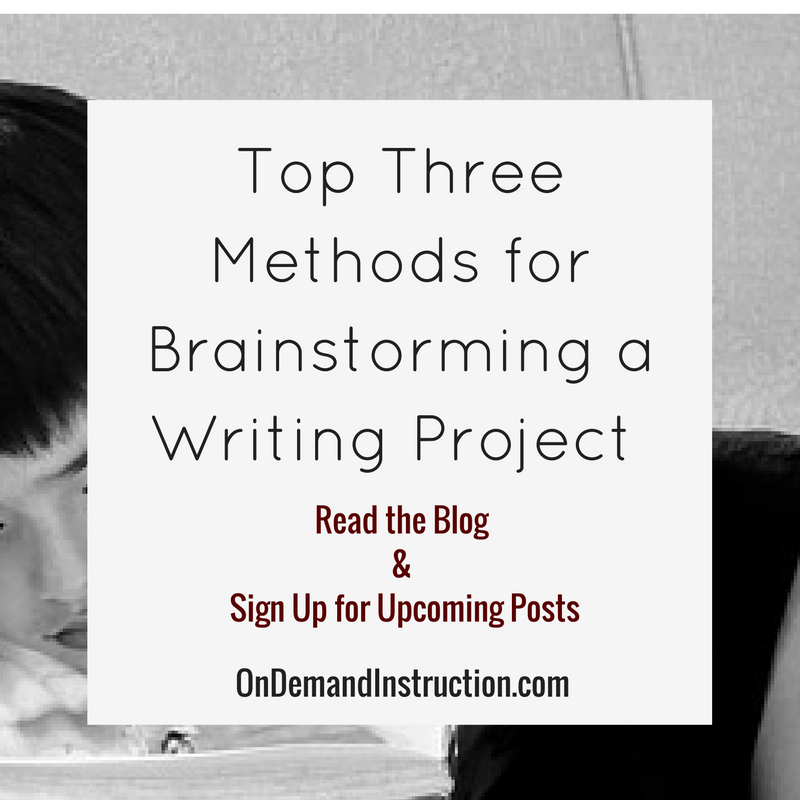
 RSS Feed
RSS Feed